One question we get a lot from people planning their own trips to Europe, is “Where did you stay?”
Travelers on a budget will frequently use youth hostels, or couchsurf. While you can find awesome deals at these places, they do come with many pitfalls, and we’ve decided that paying a little extra for some peace, quiet, and comfort was more to our liking. (Most likely, we’ve grown out of our “party” phase.)
One website we utilized HEAVILY was AirBnb. If you’re not familiar with it, it is a website that allows you to book vacation rentals that can provide you with unique insight into the lives of locals. So instead of staying at an expensive hotel or noisy hostel near the outskirts of town, you could potentially stay in someone’s clean, unoccupied apartment near the city center. Or stay with a host family and learn about their country’s culture, share a meal, and listen to their stories. Prices may vary at different times of the year, but we’ve met some truly awesome people through AirBnb, and felt that our hosts greatly enhanced our experiences. We only had one negative experience with AirBnb (not listed below), and it was primarily because the host was new, and was not prepared to have guests (we were his first customers, so he was learning the ropes). We learned from that experience, and prefer to stay with hosts that have several positive reviews.
Another homestay alternative to AirBnb is to house-sit for someone while traveling.
For hostels and hotels, we used Booking.com a lot.
Anyway, here is a list of all the places we’ve stayed in during our travels. With the exception of Morocco, all these places have been handpicked and researched by us, and were generally booked at least 2 weeks before arrival (or in the case of Paris, 3 hours ahead of arrival!). We favored housing that was close to public transportation (within a 10 min walk) or near the city center. Our budget was $75/night for 2 people, and I think we did a pretty good job of sticking to it. We really enjoyed staying at these places, and recommend you check them out as well.
ICELAND
- Reykjavik – Igdlo Guesthouse – private bedroom, public bathroom
SCOTLAND
- Portree – AirBnb (Tigh Na Coille Bed & Breakfast, Emma)
- Edinburgh – Castle Rock Hostel – shared bedroom, public bathroom
ENGLAND
- London – AirBnb (Philippa & Bill) – HIGHLY recommended, they are a great couple to be around, and we’d love to stay with them again.
FRANCE
- Paris – AirBnb (Julien)
- Strasbourg – Stayed with friends
MOROCCO
(All housing—except Casablanca—pre-arranged via Naturally Morocco)
- Marrakech – Riad Edward
- Essaouira – Riad Chakir Mogador
- Ourika Valley – Ourika Garden Mountain Villa
- Ouarzazate – Kasbah Ellouze
- Todra Gorge – Auberge le Festival
- Merzouga – Camping in sand dunes, arranged by Kasbah Mohayut
- Midelt – Riad Mimouna de Timnay
- Fez – Riad Ghita
- Rabat – Riad a La Belle Etoile
- Casablanca – AirBnb (Najib)
MEDITERRANEAN CRUISE
(Bari, Katakolon, Izmir, Istanbul, Dubrovnik)
ITALY
- Venice – Hotel Vidale – private bedroom, ensuite bathroom
- Trieste – AirBnb (Jack)
- Rome – AirBnb (Mario)
- Florence – AirBnb (Flavio) – Highly recommended, great location, cute elderly couple.
AUSTRIA
- Vienna – AirBnb (Nives)
CZECH REPUBLIC
- Prague – AirBnb (Blanka)
GERMANY
- Rothenburg ob de Tauber – Jugendherberge Youth Hostel Rothenburg Ob Der Tauber – Private bedroom, ensuite bathroom.
- Munich – Euro Youth Hotel – Shared bedroom, ensuite bathroom. (Get a private room if possible, we shared a room with 2 other girls, and one of them had a very loud one-night-stand with a random stranger while we were all trying to sleep.)
- Berlin – AirBnb (Simone & Uwe) – Also HIGHLY recommended, we felt like a part of their family and loved spending time with them.
Feel free to leave recommendations for places to stay in the comments!

































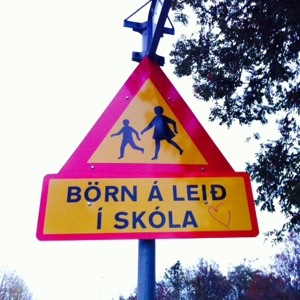




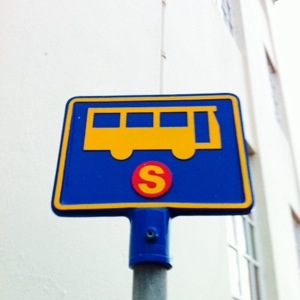




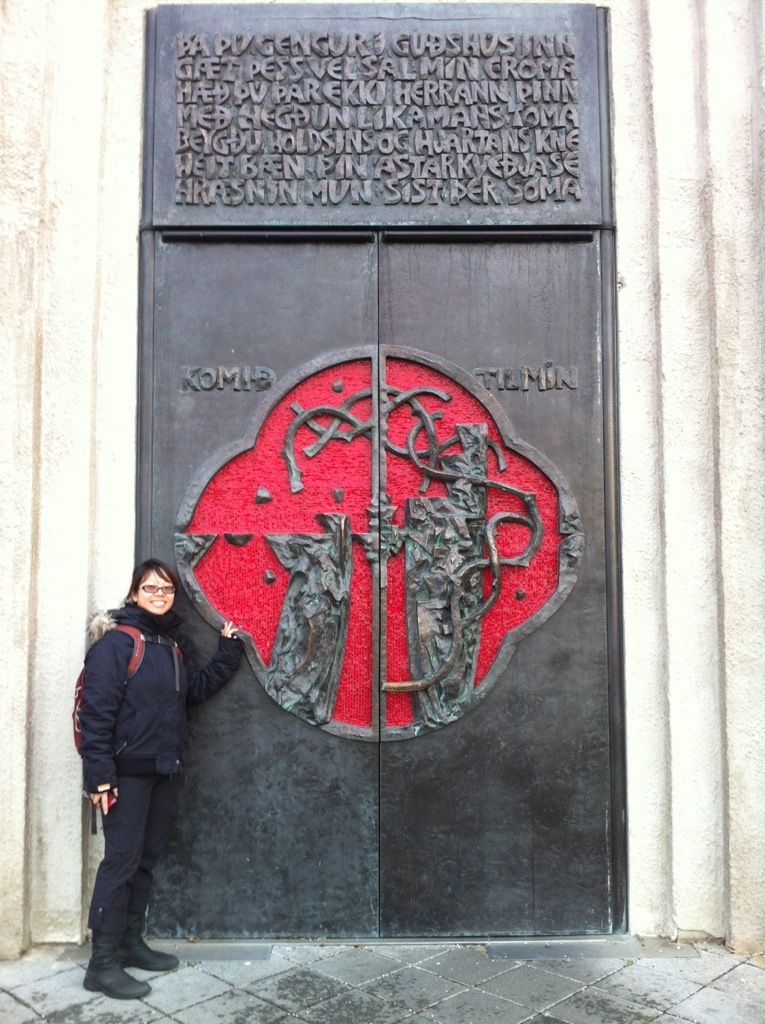

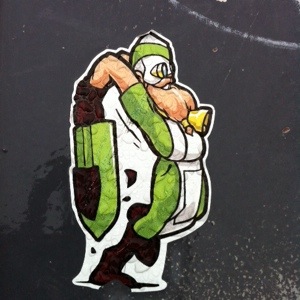
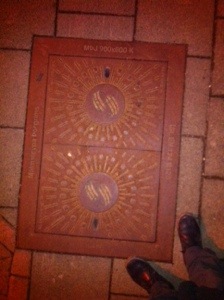


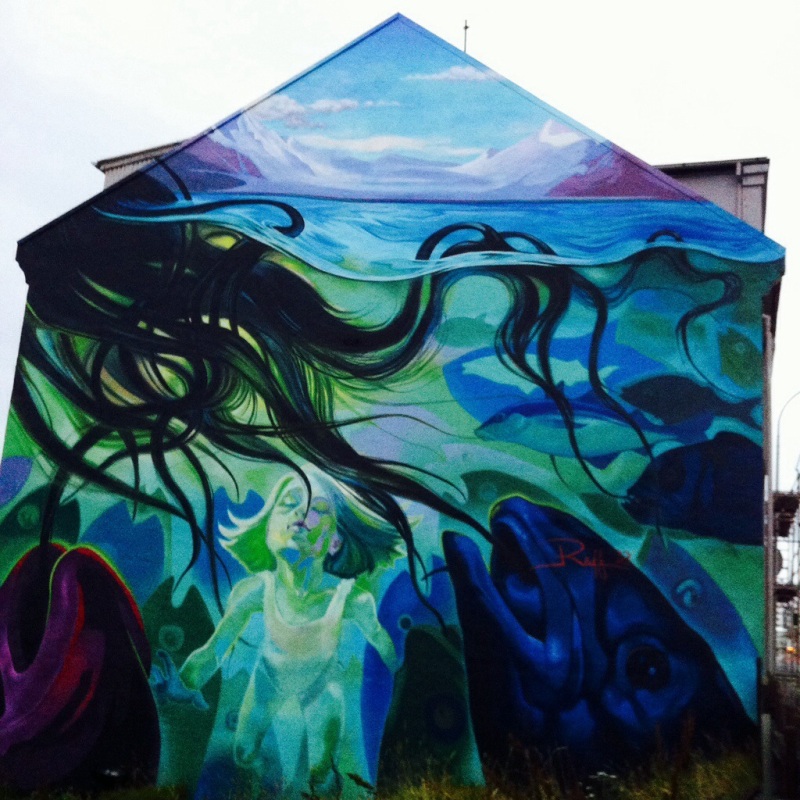
You must be logged in to post a comment.